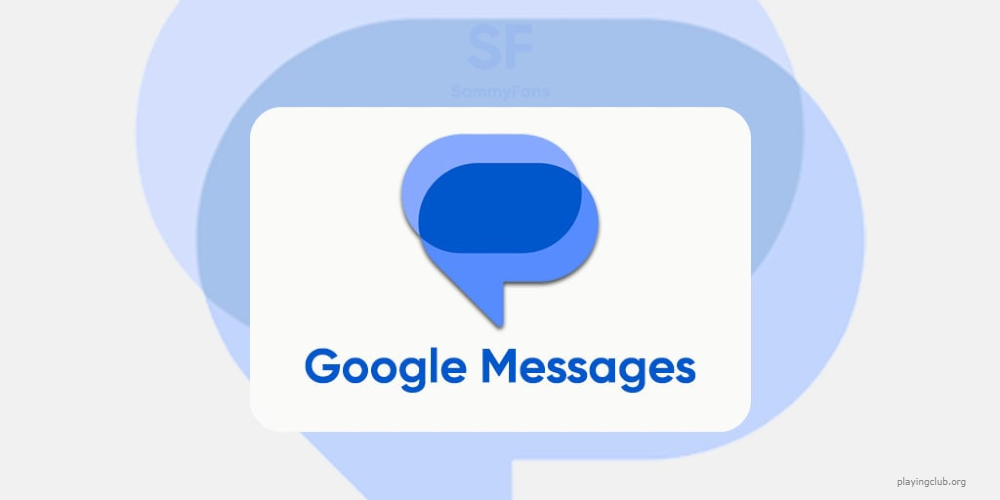Google Messages Unveils Account-Based Pairing, Simplifying Multidevice Use
06 Nov, 2023

Google Messages is an increasingly popular choice for users around the globe, boasting over a billion downloads. However, it has been criticized for its QR code-based pairing system for use on additional devices like computers and tablets, an inconvenient process for those who swap between devices frequently. Recognizing this drawback, Google introduced a device pairing system last September anchored on Google accounts, which eliminates QR code scanning. After several months of beta tests, this new system is now being widely rolled out.
The updated version of Google Messages on the web now enables users to utilize their Google accounts for logging in instead of scanning a QR code. This new development optimizes the use of Google Messages on various devices. The updated feature can be utilized by visiting the web page of Messages and logging in via a Google account. Subsequently, users need to launch the Messages app on their primary device and match the emoji displayed on both devices to complete the pairing. Upon approval, users can begin communicating through the app on their computer or tablet. Despite this upgrade, the QR code login feature isn't completely replaced, and it is still available for users who prefer the traditional version. Interestingly, the web interface of Google Messages has been redesigned to include a navigation drawer featuring options like Archived, Spam & Blocked, Settings, and Unpair.
Previously, the necessity to scan a QR code hindered many from maximizing the potential of Google Messages, causing most people to use Messages solely for SMS purposes. Users of Google Fi, however, could sidestep this hurdle by logging in to their Google accounts. The extension of this feature to non-Google Fi users will undoubtedly be celebrated by many. Remarkably, even WhatsApp, a prominent player in using QR codes for device pairing, has now permitted its users to log in on different devices without needing their phones to be powered on or connected to the internet.
In this newfound convenience, there’s a caveat - users can only have one active browser instance at a time. However, a tablet can also be paired simultaneously with a phone. To facilitate this, Google will notify the user of the presently active Android device. The implementation of this modern feature began recently and may take some time before it’s available for all users.







